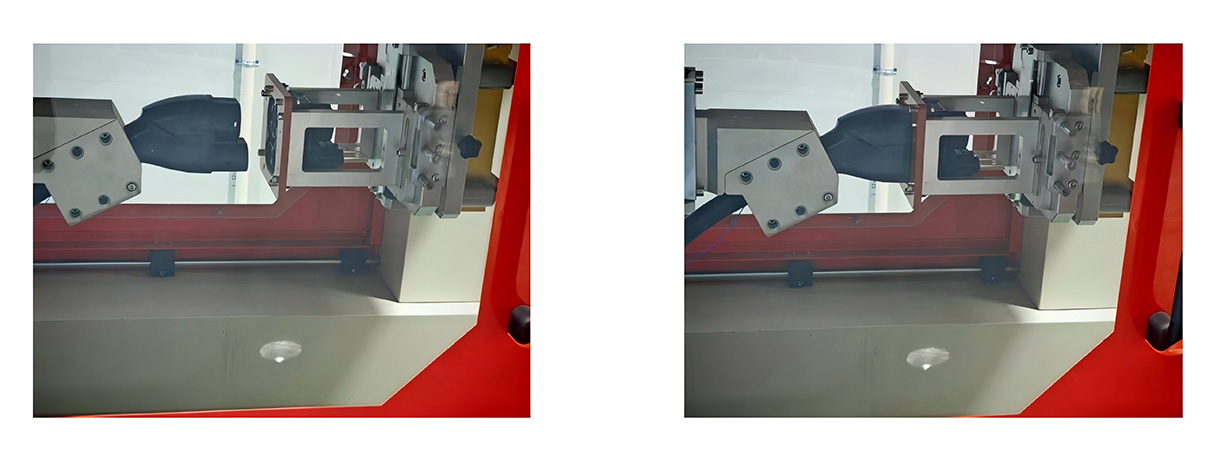What are the advantages of high-frequency online UPS? Why is it suitable for modern power systems?

In an era where power reliability directly affects economic stability and technological progress, high-frequency online uninterruptible power supply (UPS) systems have become the cornerstone of modern energy infrastructure. These systems combine advanced power electronics technology with adaptive energy management to address key challenges in today's dynamic power needs. The following will explore their unique advantages and their fit with contemporary energy needs.

Six key advantages of high-frequency online UPS
1. **Excellent energy efficiency**
- Adopt true double conversion technology and PFC control design. , achieve **96-98% efficiency** (traditional UPS efficiency is 85-92%).
- With high output power factor (PF: 1) and power factor correction function.
- Reduce energy waste by up to **30%**, support sustainable development goals and reduce operating costs.
2. **Compact design**
- Requires **50% less space** than traditional online interactive systems of the same capacity.
- Ideal for space-constrained environments such as edge data centers or urban industrial facilities.
3. **Precise Power Quality**
- Voltage regulation accuracy remains within **±1%** during grid fluctuations.
- Reduce harmonic distortion (THDi) to **<3%**, protecting sensitive equipment such as medical devices and industrial machinery.
4. **Adaptive Load Handling**
- Output power can be seamlessly expanded from **1kVA to 800kVA without performance loss.
- Supports mixed loads, from low-power IoT sensors to high-demand industrial motors.
5. **Renewable Energy Integration**
- Achieve smooth switching between grid power, solar/wind power and battery energy storage, and achieve **instantaneous switching**.
- Compatible with lithium-ion batteries/lead-acid batteries (optionally internal/external) to extend battery life.
6. Achieve flexible customization functions
- Based on a powerful controller and open architecture, the product can be customized to meet the needs of automation system or intelligent monitoring system integration.
- Mission-critical smart slots with 220V/230V/240V voltage options.
Why high-frequency UPS fits in with modern power systems
**1. Renewable energy compatibility**
- Dynamically adjusts to variable input frequency (45-65Hz) to ensure stable integration of solar and wind power into the hybrid grid.
**2. Smart grid ready**
- IoT-enabled models monitor power quality indicators in real time, provide predictive maintenance alerts, and remotely update according to evolving standards.
**3. Scalability to meet growing needs**
- Modular architecture allows for gradual expansion:
- Start with a **1kVA base unit** and expand to **400KVA** through parallel configuration.
**4. Critical infrastructure compliance**
- Meet stringent standards across industries:
- **Healthcare**: Zero downtime for life support systems.
- **Data centers**: 99.9999% availability.
- **Industrial**: Less than 5% harmonic distortion.
**5. Cost-effectiveness**
- **Installation costs are reduced by 20% due to reduced wiring and space requirements.
- **Lifespan is extended by 40% through intelligent thermal management and reduced component stress.
Practical applications:
Applicable to IT and telecommunications network equipment, embedded and automatic control systems, smart manufacturing, electric vehicle charging stations, offices and office equipment, data centers
Future-oriented power infrastructure
As energy systems shift toward decentralized grids and AI-driven management, high-frequency online UPS has the following advantages:
- **Adaptability**: Parameters can be configured through software and are suitable for emerging energy protocols.
- **Resilience**: Can handle voltage interruptions of less than 100 milliseconds without relying on batteries.
- **Sustainability**: Adopts ecologically compliant manufacturing processes and is highly recyclable.
High-frequency online UPS technology is not just an upgrade, but a transformative solution for building resilient, efficient and sustainable power infrastructure in the digital age.

Stay tuned for more information!
Please contact us: sales@consnant.com 📧
Shenzhen CONSNANT Technology Co., Ltd.





